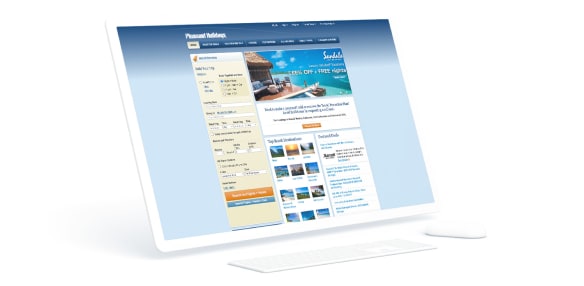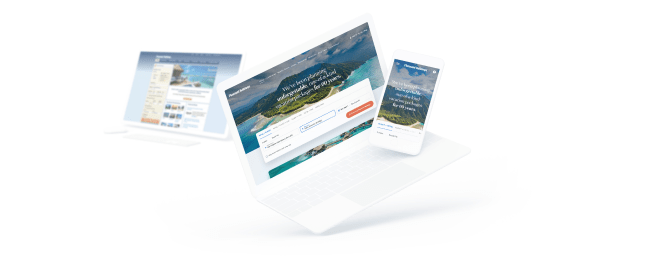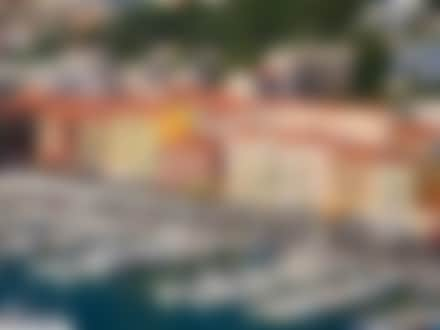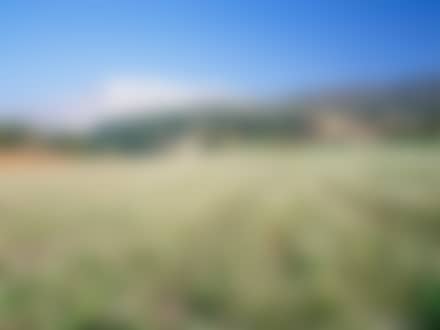About France
France is all about world-class art and architecture, Roman temples and Renaissance châteaux, iconic landmarks and rising stars few yet know. Stroll the lily-clad gardens Monet painted and savour coffee at the Parisian cafe where Sartre and Simone de Beauvoir met to philosophise.
Explore France
-
Cannes, Nice & Monte Carlo
Cannes -
Bordeaux
Bordeaux, France
France, Europe
What To See
Eiffel Tower
No one could imagine Paris today without its signature spire. But Gustave Eiffel only constructed this graceful tower – the world’s tallest, at 320m, until it was eclipsed by Manhattan’s Chrysler Building some four decades later – as a temporary exhibit for the 1889 Exposition Universelle (World Fair). Luckily, the tower’s popularity assured its survival beyond the fair, and its elegant art nouveau webbed-metal design has become the defining fixture of the city’s skyline.
Château de Versailles
This splendid and enormous palace was built in the mid-17th century during the reign of Louis XIV – the Roi Soleil (Sun King) – to project the absolute power of the French monarchy, which was then at the height of its glory. Its scale and decor reflect Louis XIV's taste for profligate luxury and his boundless appetite for grandstanding. The château has undergone relatively few alterations since its construction, though almost all the interior furnishings disappeared during the Revolution and many of the rooms were rebuilt by Louis-Philippe (r 1830–48). The current €400 million restoration program is the most ambitious yet and until it's completed in 2020 at least a part of the palace is likely to be clad in scaffolding when you visit.
Pont du Gard
A UNESCO World Heritage Site, this exceptionally well-preserved, three-tiered Roman aqueduct was once part of a 50km-long system of water channels built around 19 BC to bring water from nearby Uzès to Nîmes. The scale is huge: the 35 arches of its 275m-long upper tier, running 50m above the River Gard, contain a watercourse designed to carry 20,000 cu metres of water per day. Each and every construction block (the largest weigh over five tonnes) was hauled from quarries near and far by cart or raft.
It's about a 400m walk, with excellent wheelchair access, from car parks on both left and right banks of the River Gard to the bridge itself. The road bridge, built in 1743, runs parallel with the aqueduct's lower tier. The best, least encumbered view is from upstream, where you can swim on hot days.
Events
The festive French never knowingly turn down the opportunity for a party, and the national calendar is packed to the brim with all manner of festivals, fairs, holidays and cultural events. Many cities host music, dance, theatre, cinema or art events each year. Rural villages hold fairs and fetes, which celebrate everything from local saints to agricultural progress. Prominent national holidays include May Day (1 May), when people trade gifts of muguet (lilies of the valley) for good luck; and Bastille Day (14 July), which commemorates the storming of the Bastille in 1789 with plenty of fireworks and outdoor parades.
Regional events include the prêt à porter fashion show in Paris (early February); the Cannes Film Festival (mid-May), when Hollywood's glitterati descend on the French Riviera en masse; the Deauville American Film Festival (September), a much lower-key affair than its dressy cousin in Cannes; the International Music Festival in Strasbourg (first three weeks of June); the mainstream and fringe theatre of the Festival d'Avignon (mid-July to mid-August) and the Jazz Festival in Nice (late July/early August).
When to Go
Spring offers the best weather to visitors, with beach tourism picking up in May. Temperatures aren't too bad in autumn, although the short days mean limited sunlight and the cold starts to make itself felt towards the end of the season, even along the Côte d'Azur. Mid-July through to the end of August is when most city dwellers take their annual five weeks' vacation to the coasts and mountains, and the half-desolate cities tend to shut down a bit accordingly. The same happens during February and March.
France has a predominantly temperate climate, with mild winters, except in mountain areas and the northeast. The Atlantic has a profound impact on the northwest, where the weather is characterised by high humidity, often violent westerly winds and lots of rain. France's northeast has a classic continental climate, with fairly hot summers and cold winters. Midway between the two, the Paris basin boasts the nation's lowest annual precipitation, but rainfall patterns are erratic. The southern coastal plains are subject to a pleasant Mediterranean climate: frost is rare, spring and autumn downpours are sudden but brief and summer is virtually without rain. The south is also the region of the mistral, a cold, dry wind that blows down the Rhône Valley for about 100 days a year.
Travel Tips & Tools


You will be transferred to our traditional site.
We are currently working on enhancements to this part of our website. A new version will be available soon. Don’t worry – switching over will not interrupt your booking.
Welcome to the all-new Pleasant Holidays booking experience !


You can now plan your next vacation with our exciting new booking engine. Some advanced features are still being developed, and selecting these options may require you to return to our traditional booking experience. Don’t worry – switching over will not interrupt your booking.
We've updated your online experience to make sure you can get your dream vacation. Since our makeover is still in progress, you may experience shifts from our traditional booking experience to our new one.
Contact us
Any questions ?
Our travel advisors will be happy to help!








































































